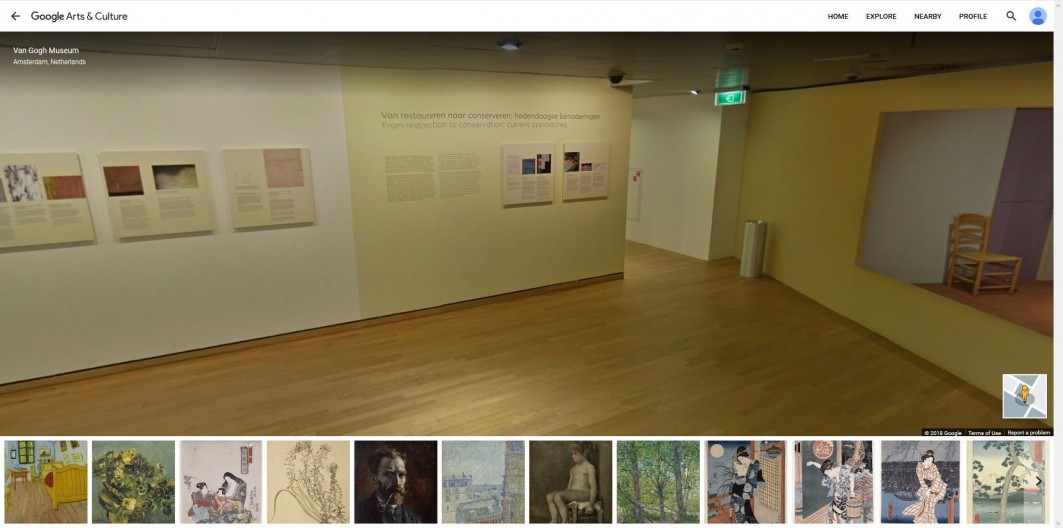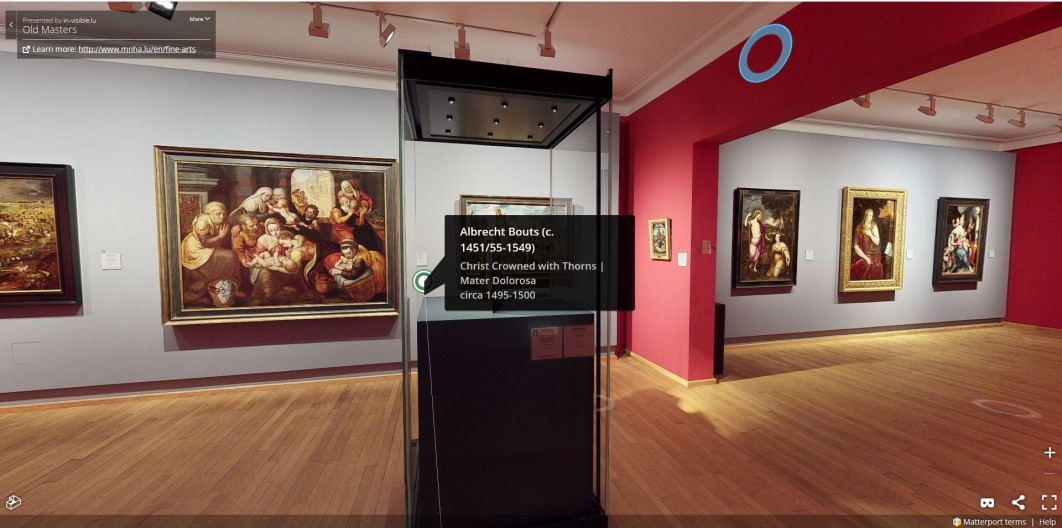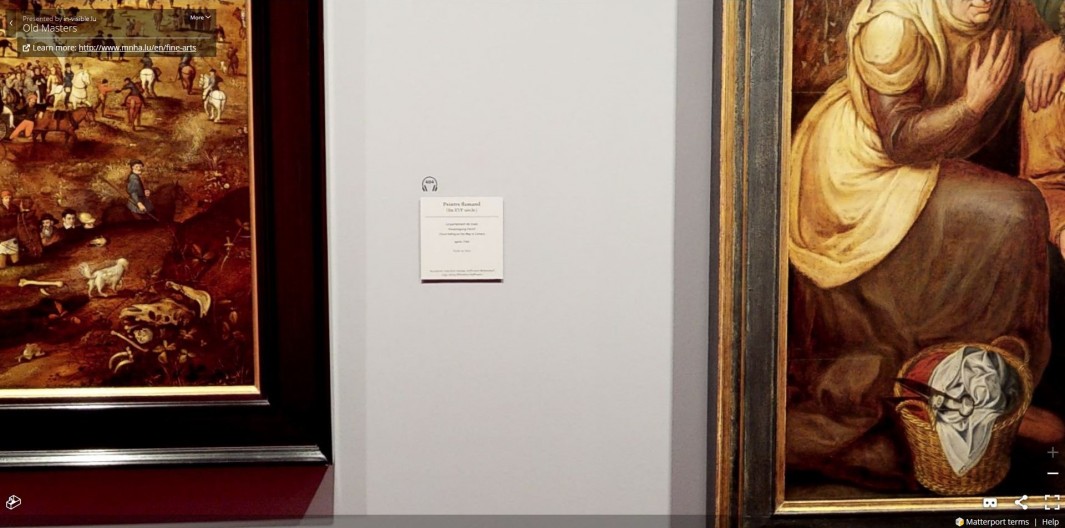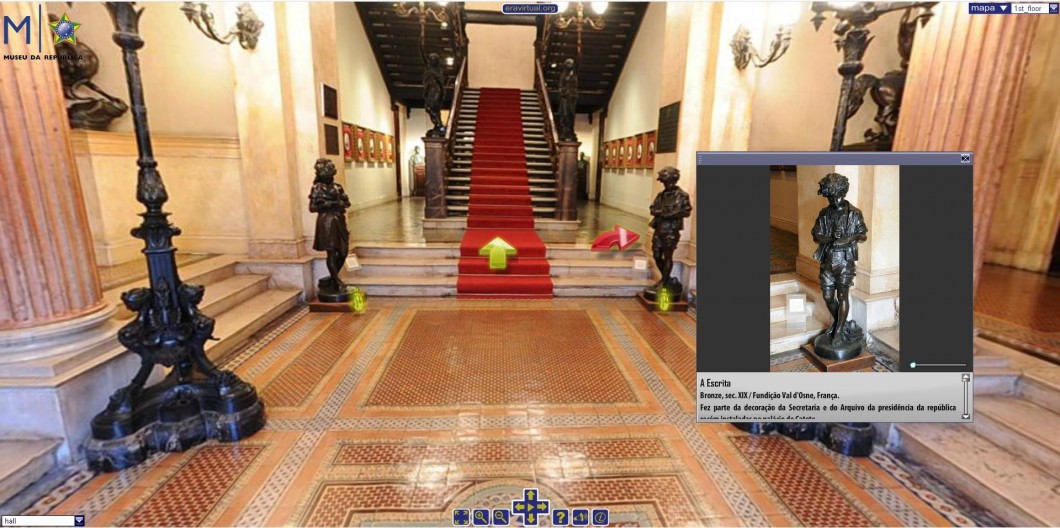For decades, the democratisation of culture has been a key issue discussed in cultural policy, not only by policymakers, but also by researchers. In a study on museum visitors published in 1969, Pierre Bourdieu and Alain Darbel took a critical stance towards the democratisation and questioned the efficacy of this policy (as implemented at the time). As long as the education at school does not spark an interest in visiting museums, the public visiting them would not change.1 More recently, the sociologist Laurent Fleury suggested a nuanced view: the democratisation of education had a much longer history. The fact that the democratisation of culture has not been attained yet is not an argument for its impossibility.2
The basic idea of democratisation of culture consists in making (public) cultural institutions more accessible to the public, including previously marginalised social groups. The free entrance to museums figures among the most notable examples of this policy and is implemented in many countries partly (for specific groups such as students or on specific days) or completely (as it is the case in the UK at least for some museums). The digitisation of collections and the possibilities offered by new technologies can provide new ways for democratising cultural institutions. Indeed, in the digital age, culture becomes easier accessible and is potentially only some clicks away – though the digitised content represents merely a very small fraction of what exists ‘out there’ in analogue form. At the same time, the digital makes the physicality disappear: the individual does not need to perform a physical act to visit a cultural institution to contemplate historical and cultural objects; nor do the objects themselves need to be moved around or exist in a physical state to be seen, looked at, analysed.
This is true for digital archives, but the same applies to virtual tours, which represent a more sophisticated way of digitising: instead of simply photographing a document or object, a whole environment is scanned and turned into a 3D model. In this context, I would like to share a short personal anecdote: when I was younger and the possibilities of the internet (and of the hardware) were more limited than today, I happened to stumble upon a webpage that promised a virtual tour. Unfortunately, my memory of this experience is too blurry to remember what webpage it was and how old I was. But what I remember was that, in my young naivety, I expected a proper virtual tour in which the user could move around in the virtual world, just like I was used to move my character around in a video game. I was, however, quickly disappointed: the virtual tour consisted of text, pictures and hyperlinks. Since then, the technology has changed and apparently the perception of what a virtual tour is, too. When the National History and Art Museum (Musée national d’histoire et d’art, MNHA) and the National Natural History Museum (Musée national d’histoire naturelle, MNHN) in Luxembourg-City promoted their new virtual tours a couple of months ago, I was sceptical.3 I have never really followed the developments in the creation of virtual or 3D tours. Though I knew that virtual reconstructions are possible, I have never really thought about cultural institutions offering a virtual model of their own buildings. Still shaped by my experience as an early teenager boy I was, even as someone in his late twenties, uncertain whether these virtual tours would keep their promise.
This time, however, it was different. These are ‘proper’ virtual tours with a virtual reality option (which I have not tried out). At first, I was positively surprised. The museums’ virtual tours reminded me of Google Street View, only within a building. Images were taken with a special camera in regular intervals at specific scan points and the user navigates by moving (or rather jumping) from one point to the next. The California-based company Matterport developed the technology used by the two national museums. Though primarily developed for the real estate sector, the service provided by Matterport has been used by cultural (heritage) institutions, too. The gallery on the company’s webpage lists the places that were digitized and turned into 3D tours. The list can be explored by choosing a specific category, such as “arts and culture”, “events spaces” or “real estate”. Under the first mentioned category, the user discovers virtual tours of institutions around the world, such as the Sainsbury Wing of the National Gallery in London. Matterport is not the only company creating virtual tours. Google’s Arts & Culture page offers such tours of institutions, too. The basic principles are the same. However, in the case of the Van Gogh Museum in Amsterdam, for instance, the visitor can explore the gallery of the museum’s collection and access additional metadata, mostly basic information on the artworks. Such galleries are not included in Matterport’s virtual tours, at least not to my knowledge. The creation of virtual tours can also be done from a preservation perspective, to capture what will disappear or has already disappeared. Such has been the case of the closed BBC Television Centre in London, integrated into Google Streetview, accessible on Google Maps or under this link.4 In these cases, the digital becomes an extension of the analogue. It provides an afterlife to objects and buildings that do or will not exist anymore. Another well-known example in this context is the project #NEWPALMYRA, a virtual reconstruction of the UNESCO heritage site Palmyra, considerably destroyed by the war in Syria.
- 1. Pierre Bourdieu and Alain Darbel, L’amour de l’art: les musées d’art européens et leur public (Paris: Éditions de Minuit, 1969), p. 151.
- 2. Laurent Fleury, Sociologie de la culture et des pratiques culturelles, 3e édition. (Paris: Armand Colin, 2016), p. 63.
- 3. These virtual tours can be accessed here: http://www.mnha.lu/en/3D-Tours for the MNHA; https://my.matterport.com/show/?m=nfjc7a5gYQ7 for the MNHN.
- 4. I only became aware of this virtual tour thanks to a presentation by Andy O’Dwyer during a skills training on digital source criticism I attended last year at the University of Luxembourg.
But let us return to the virtual tours offered by the MNHA and MNHN. Though I will focus on the one provided by the MNHA, my thoughts apply to both examples. When I first explored the virtual tour – ‘the museum at your fingertips’ as it is promoted on the page of the MNHA - I was rather positively surprised by the possibility of visiting a museum virtually. I spoke to some colleagues about this virtual tour and thanks to their critical (and legitimate) comments, I started to think more critically myself. In its current version, the virtual tour leaves much to be desired from a perspective of user experience and usefulness. Though the user can click on white-green circles scattered here and there next to some objects to pop up an info box, in those few cases, the additional information provided are limited to the name, date and creator/artist of the object. For other objects with no such feature, I relied on the info texts on the walls, but could not always read them due to a bad resolution. The camera angles and points were not well chosen: some works of art cannot be adequately looked at; or they just 'slip away' when jumping from one point to the next. Here, the virtual tour imposes on the user how to move around.
Indeed, what is the usefulness of the virtual tour when I don’t learn anything new, see blurred info texts and am restricted in what I can do? Merely seeing the virtual representations of the original artworks does not inspire me or raise my interest in culture, nor does it provoke any critical reflection. And when we link these reflections to the idea of democratisation of culture, it is not enough to make work of arts accessible to a larger public, this public also needs something that helps it to decode and understand the context and the objects.
Though museums are confronted with technological, financial and practical constraints when devising such projects, the potential of the virtual tour of the MNHA remains unused and wasted at the moment. For the time being, the tour should mainly promote the museum itself, offer an appetizer for the ‘real’ visitor experience, instead of creating a new storytelling and online visitor experience. Others did better: the virtual tour of the European Museum of Modern Art in Spain is based on the same technology and includes hyperlinks and audio, even if the integration does not work smoothly. A much better example still is the project Era Virtual, launched in 2008 and offering virtual tours of Brazilian cultural institutions and cultural heritage sites. The project's aim consists in using digital technologies to promote culture. Though the technology might not be state of the art, it shows how much thought and effort can be put into presenting museums and their collections to a larger public. Thanks to a voice-over giving explanations, interactive cues and a navigation pane, the user experience is much more enriching than that of the virtual tours offered by the two museums in Luxembourg-City, which provide absolutely no context, neither on the objects exposed, nor on the museum building itself.
According to the digital curator of the MNHA in an interview on the radio 100komma7, the tour will be enriched with information and linked to a database in the near future. For the MNHA, the purpose of its virtual tour lies, it seems, in increasing the accessibility: in terms of understanding the complex architecture of the building and the richness of the collection; in terms of virtually exploring rooms that, due to the architecture, are inaccessible to visitors in wheelchairs; in terms of gaining an idea of the collection when not being able to visit the museum because one lives too far away. This idea of accessibility is, again, very much linked to democratisation. Yet, is the argument of accessibility sufficient to invest time, money and efforts in a virtual tour?1 And what about technological changes and necessary updates and adaptations? Should the virtual tour be updated as soon as changes take place even in the permanent exhibition? These aspects were also raised in the radio interview. Admittedly, virtual tours will always have their limits. They will never replace the museum visit, as most museum professionals would stress. The experience of standing in front of the original object cannot be replaced by a virtual tour. However, virtual tours do not need to aim for this, nor should they. They can offer a new and different experience by combining the collections with texts and audiovisual resources. They enable cultural institutions to experiment around and might force them to think even more about the public. They provide interesting opportunities, which does not mean that their limits should be ignored. But these limits should not hinder cultural institutions from disseminating knowledge by different and novel means. Arguments of simple, physical or virtual, accessibility are not enough - however noble they might be. The question of critical reflection, of providing the intellectual tools to decode collections, of empowerment are important dimensions, too. Digital projects should be considered from these viewpoints and from the perspective of the user-visitor.
- 1. The exact costs for creating the virtual tour are not made public by the MNHA. As for the time invested, this would include at least a couple of days of scanning, plus post-processing (also explained in the interview on 100komma7). The upkeep and possible updates to the virtual tour would cost additional time and money.







